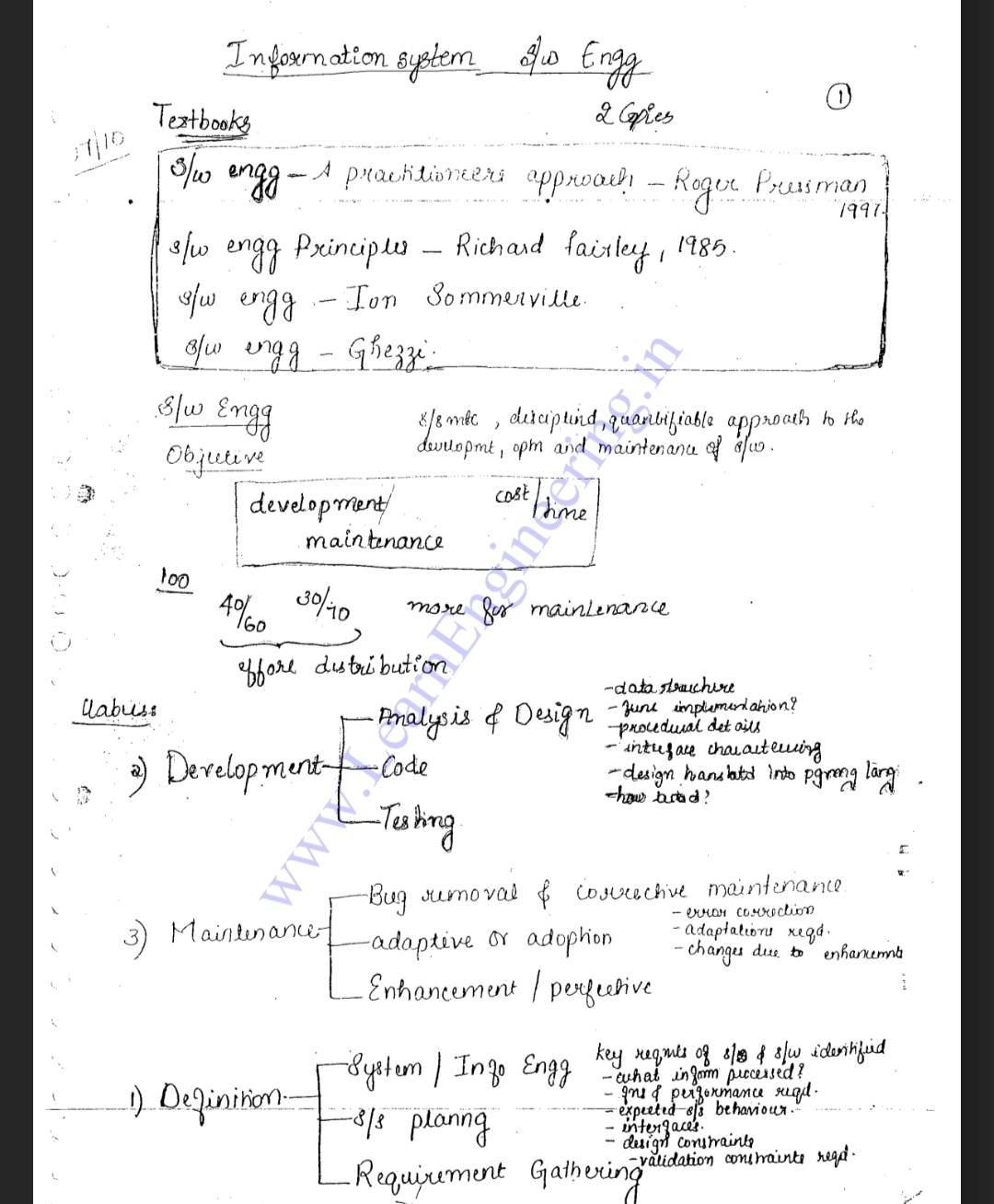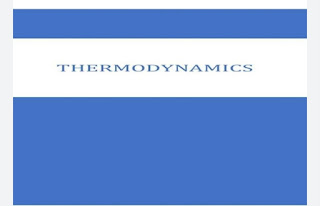Cache Memory
The cache memory is one of the fastest memory. Though it is costlier than the main memory but more useful than the registers. The cache memory basically acts as a buffer between the main memory and the CPU. Moreover, it synchronizes with the speed of the CPU. Besides, it stores the data and instructions which the CPU uses more frequently so that it does not have to access the main memory again and again. Therefore the average time to access the main memory decreases.
It is placed between the main memory and the CPU. Moreover, for any data, the CPU first checks the cache and then the main memory.
Levels of Cache Memory
There can be various levels of cache memory, they are as follows:
Level 1 (L1) or Registers
It stores and accepts the data which is immediately stores in the CPU. For example instruction register, program counter, accumulator, address register, etc.
Level 2 (L2) or Cache Memory
It is the fastest memory that stores data temporarily for fast access by the CPU. Moreover, it has the fastest access time.
Level 3 (L3) or Main Memory
It is the main memory where the computer stores all the current data. It is a volatile memory which means that it loses data on power OFF.
Level 4 (L4) or Secondary Memory
It is slow in terms of access time. But, the data stays permanently in this memory.
Types of Cache Memory
There are two types, as follows:
Primary Cache
It’s located on the processor chip always. Besides, its access time is comparable to the processor.
Secondary Cache
This memory is present between the primary cache and the main memory. Besides, we can also call it level 2 (L2) cache.
Basic Operations of Cache Memory
Its basic operations are as follows:
- The CPU first checks any required data in the cache. Furthermore, it does not access the main memory if that data is present in the cache.
- On the other hand, if the data is not present in the cache then it accesses the main memory.
- The block of words that the CPU accesses currently is transferred from the main memory to the cache for quick access in the future.
- The hit ratio defines the performance of the cache memory.
Cache Performance
The performance of the cache is in terms of the hit ratio.
The CPU searches the data in the cache when it requires writing or read any data from the main memory. In this case, two cases may occur as follows:
- If the CPU finds that data in the cache, a cache hit occurs and it reads the data from the cache.
- On the other hand, if it does not find that data in the cache, a cache miss occurs. Furthermore, during cache miss, the cache allows the entry of data and then reads data from the main memory.
- Therefore, we can define the hit ratio as the number of hits divided by the sum of hits and misses.
hit ratio = hit / (hit + miss)
= number of hits/total accesses
Also, we can improve cache performance by:
- using a higher cache block size.
- higher associativity.
- reducing the miss rate.
- reducing the time to hit in the cache.
Advantages of Cache Memory
The advantages are as follows:
- It is faster than the main memory.
- The access time is quite less in comparison to the main memory.
- The speed of accessing data increases hence, the CPU works faster.
- Moreover, the performance of the CPU also becomes better.
- The recent data stores in the cache and therefore, the outputs are faster.
Disadvantages of Cache Memory
The disadvantages are as follows:
- It is quite expensive.
- The storage capacity is limited.
Frequently Asked Questions (FAQs)
Q1. What is cache memory?
A1. The cache memory is one of the fastest memory. It basically acts as a buffer between the main memory and the CPU. Besides, it stores the data and instructions which the CPU uses more frequently.
Q2. What is the hit ratio in the cache?
A2. The hit ratio basically measures the performance of the cache. It is the ratio of the number of hits to the total number of accesses.
Read More
- What is Compiler and Types of Compiler
- What is Assembler and What is Assembly Language
- What is Utility Software and Types of Utility Software
- Office Tools and Functions of Office Tools
- What are Domain Specific Tools and Examples of Domain Specific Tools
- ASCII Definition, Use, Types, Unicode
- UNICODE Definition, Types, Uses, Advantages, Importance
- What is Open Source Software, Examples and Advantages
- What is Shareware, Types of Shareware, Advantages and Disadvantages of Shareware
- What is Freeware, Examples, Advantages and Disadvantages
- What is Proprietary Software, Examples, Advantages and Disadvantages
- What is Secondary Memory, Characteristics and Types of Secondary Memory


